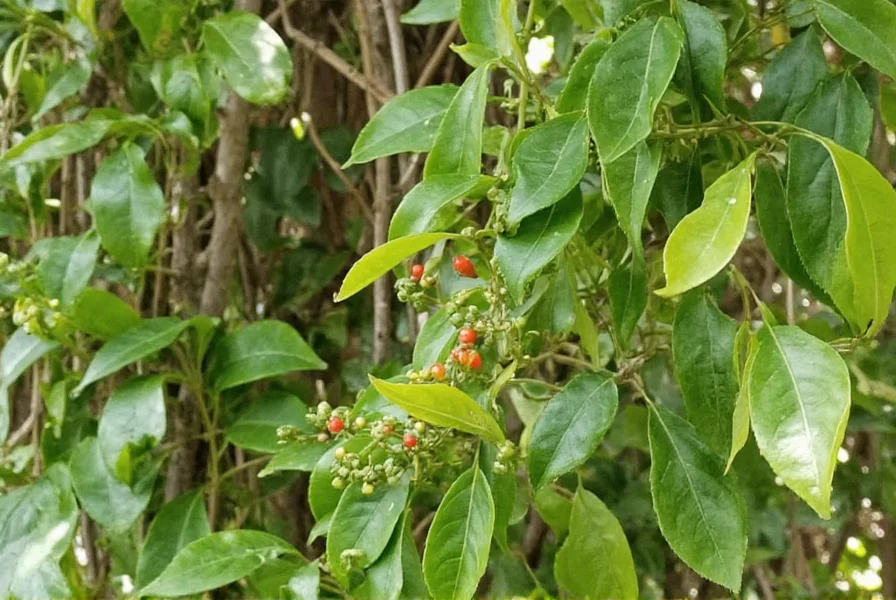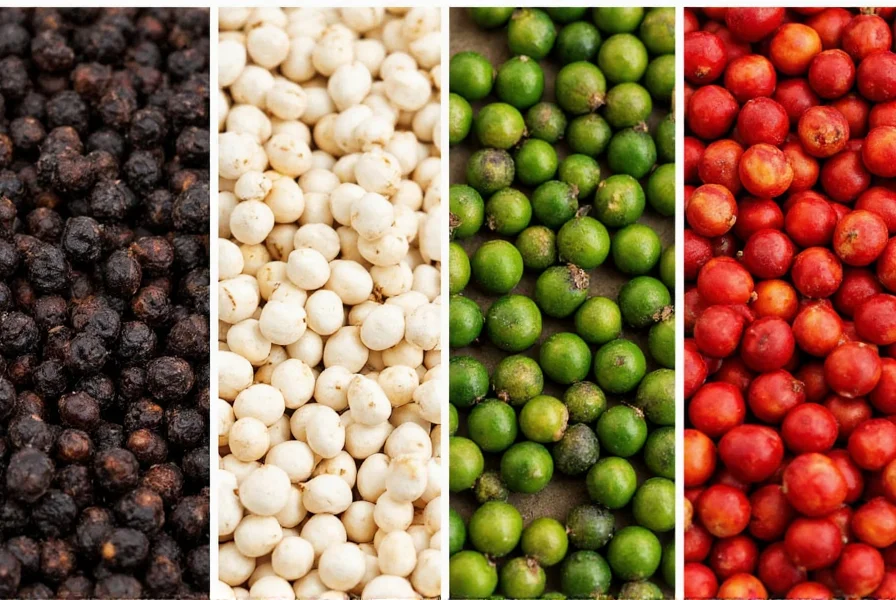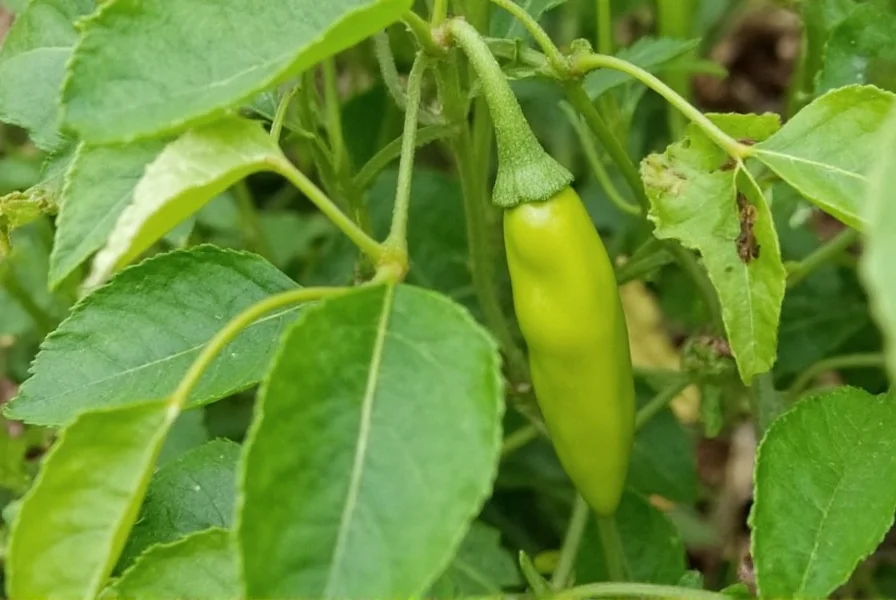Piper nigrum, commonly known as the black pepper plant, is a flowering vine in the family Piperaceae. Native to South India's Malabar Coast, this tropical plant produces peppercorns that are processed to create black, white, green, and red pepper varieties. The active compound piperine gives black pepper its distinctive pungency and has been studied for various properties. This botanical species has been used for over 4,000 years in both culinary and traditional practices worldwide.
Understanding the scientific classification and characteristics of pepper piper nigrum provides valuable insight into one of the world's most widely used spices. This vine produces fruit that, when processed differently, becomes the various pepper types found in kitchens globally. The plant thrives in tropical climates with consistent rainfall and well-drained soil, typically climbing trees or structures for support as it grows.
Botanical Characteristics of Piper Nigrum
The Piper nigrum plant features heart-shaped leaves and produces small flowers arranged in hanging spikes. These spikes develop into fruit clusters containing the familiar peppercorns. Each peppercorn is technically a drupe that contains a single seed. The plant requires specific growing conditions: temperatures between 75-85°F (24-29°C), high humidity, and partial shade. Commercial cultivation occurs primarily in India, Vietnam, Indonesia, Brazil, and Malaysia, with Vietnam currently leading global production.

Processing Methods Creating Different Pepper Varieties
Despite coming from the same pepper piper nigrum plant, different processing techniques yield distinct pepper types with unique flavor profiles and appearances:
| Pepper Type | Processing Method | Flavor Profile | Piperine Content |
|---|---|---|---|
| Black Pepper | Sun-dried with outer layer intact | Sharp, pungent, complex | Highest (5-9%) |
| White Pepper | Soaked to remove outer layer, then dried | Milder, earthier | Moderate (3-6%) |
| Green Pepper | Preserved unripe berries | Fresh, herbal | Lower (2-4%) |
| Red Pepper | Ripe berries preserved | Sweet, fruity | Lowest (1-3%) |
The Science of Piperine in Black Pepper
Piperine represents the primary bioactive compound in pepper piper nigrum, accounting for its characteristic heat and numerous studied properties. This alkaloid typically comprises 5-9% of black pepper's composition. Research indicates piperine may enhance the bioavailability of certain nutrients and compounds, which explains why black pepper often accompanies turmeric in traditional preparations. The compound's molecular structure allows it to inhibit certain enzymes involved in metabolism, potentially affecting how the body processes various substances.
Culinary Applications Across Global Cuisines
Chefs worldwide utilize pepper piper nigrum as both a foundational seasoning and a nuanced flavor enhancer. In French cuisine, it features prominently in béarnaise sauce and steak au poivre. Indian cooking incorporates freshly ground black pepper in spice blends like garam masala. Southeast Asian dishes often use whole peppercorns in marinades and broths. The timing of pepper addition significantly affects flavor development—adding early creates deeper, more integrated notes, while finishing with freshly cracked pepper provides brighter, more pronounced heat.

Storage and Selection Guidelines
To maximize the shelf life and potency of pepper piper nigrum, proper storage is essential. Whole peppercorns maintain their flavor significantly longer than pre-ground pepper, often retaining quality for 2-3 years when stored correctly. The ideal storage conditions include:
- Airtight container away from light and heat sources
- Cool, dark location (not next to the stove)
- Whole peppercorns rather than pre-ground
- Minimal exposure to humidity
When selecting peppercorns, look for uniform color, firm texture, and a strong aroma when crushed. High-quality black peppercorns should have a complex scent with floral and pine notes beyond simple heat. The Tellicherry variety from India, harvested when nearly ripe, is often considered premium due to its larger size and more complex flavor profile compared to smaller Lampong peppercorns.
Scientific Research on Piper Nigrum Properties
Modern research continues to investigate the various compounds in pepper piper nigrum, particularly piperine. Studies suggest potential properties related to digestion, with black pepper traditionally used to support digestive enzyme production. Research also examines piperine's interaction with other compounds, notably its ability to increase curcumin absorption by up to 2,000% in some studies. While promising, it's important to note that most research remains preliminary, and black pepper should be viewed as a culinary ingredient rather than a therapeutic agent. The concentration of active compounds in typical dietary amounts is relatively low compared to concentrated extracts used in research settings.











 浙公网安备
33010002000092号
浙公网安备
33010002000092号 浙B2-20120091-4
浙B2-20120091-4